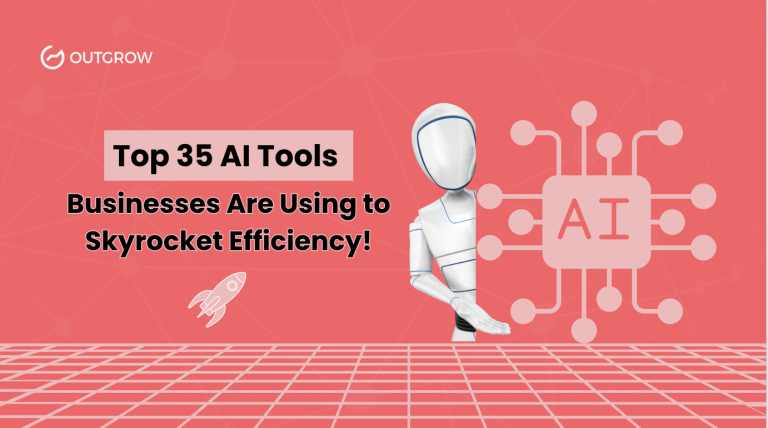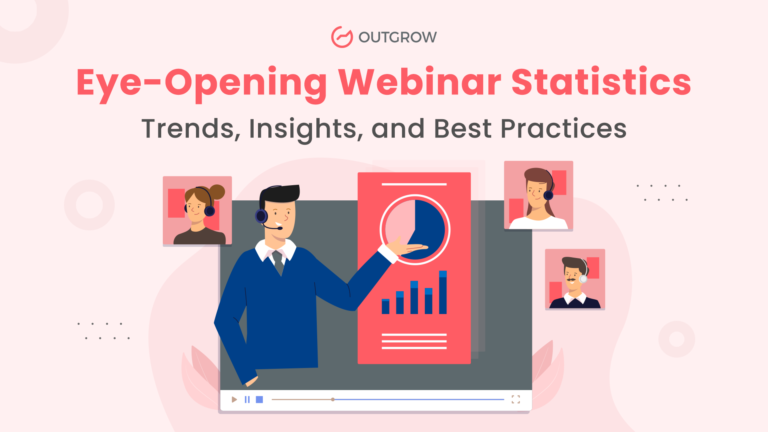6 Tactics to Get Lower Bounce Rates and Increase Conversions
Table of Contents
Conversions; one of the most magical words that we use in our industry. Conversions happen when we successfully move a customer from browsing or considering to making an actual purchase. On the other side of that, there is a phrase we like a lot less; bounce rate. Bounce rate is the percentage of visitors who visit maybe one page on our site and then leave without further action.
The Higher, The Better
Knowing what our boundaries are is a good starting point in identifying where our conversion and bounce rates lie. Depending on your industry, decent conversion rates can start around 2.35% but the top 25% of sites convert above 5.31%. So if you want your business to be at the front of the race, you are aiming for rates of above 5%.
The Lower, The Better
For bounce rates, you are looking at higher figures. An average bounce rate would lie between 40 and 55%, while an excellent one would be below 40%. If your bounce rate is above 70%, then you need to look closely to identify what is causing it. Knowing how to optimize conversions through good engagement is a core strategy for any business.
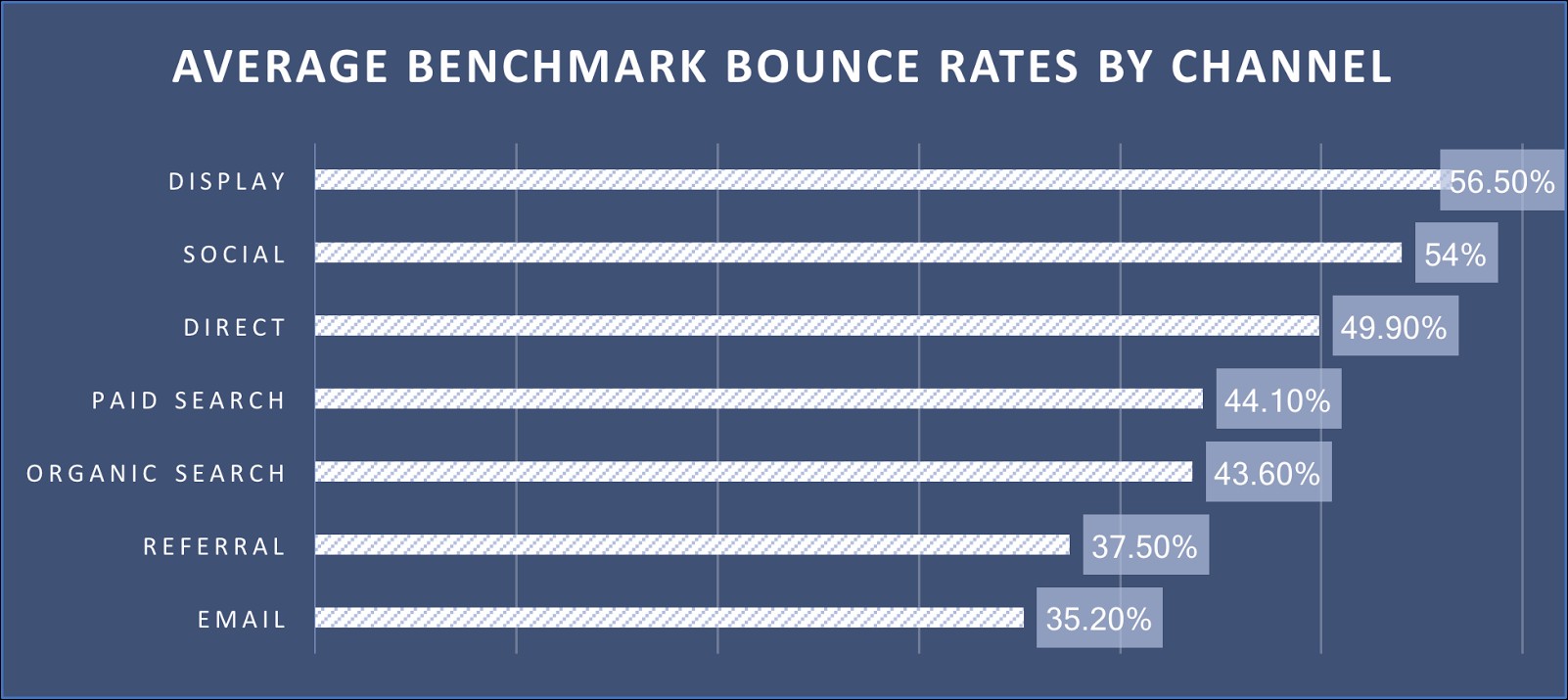
There are many obvious tactics used to encourage engagement that you might already be using. And these include ensuring that your content is relevant and engaging. Google Analytics can help you track these rates so you know where work needs to get done. But what else can you do if you still see poor figures?
It is obvious that we want to increase conversion rates and have lower bounce rates. Lots of things can affect this; even offering too many choices on your site can affect your conversion rates. A high bounce rate means that your SEO will suffer along with you getting sub-optimal visitor engagement.
How easy, though, is it to get lower bounce rates? We looked at some of the best tactics to help you achieve higher conversions and lower bounce rates. Here they are!
6 Tactics to Get Lower Bounce Rates and Increase Conversions
1. Split Test Site Elements
The first thing to understand is that people may click away from your page for what may seem the most trivial of reasons – the colors you use, the font, the images you have inserted into the page, even how things are placed on the page can make a difference. If someone doesn’t like some aspects of how the page has been put together, they simply won’t hang around for long.
Split testing (also known as A/B testing) is perhaps the most important tactic when it comes to dealing with your bounce rate. You create a base page to use as your guide, establish what the bounce rate is for that page, then make different variations of that page with simple changes in elements like signup forms, CTA buttons, headlines, etc. to see which one performs better.
For example, you create a product page that has a baseline bounce rate of 80%. You then make changes to that page to see how it impacts the 80% figure. Different images may reduce it to 74%, changing some of the color schemes may further reduce it to 60%, and then a final change on text placement may bring it down further to a more acceptable 48%.
2. Only Use Exit-intent Pop-ups
Pop-ups can be a useful tactic to get lower bounce rates, but one that should be used with a degree of caution. If you use too many pop-ups across your site, users may view their experience as negative and their visit will be limited to a single page. If possible, use only exit-intent pop-ups.
You don’t want pop-ups appearing every time a user clicks on something. Where they can be extremely useful, though, is when a user indicates an intent to leave (for whatever reason).
A simple pop-up asking them how you can help them with anything, or asking if they want to subscribe to your mailing list can be a potential trigger that leads to lower bounce rates and increases conversions. Moreover, you can offer them exclusive discount coupons through the pop-up to boost retention.
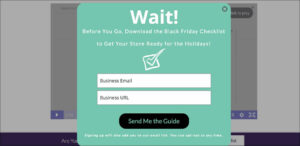
Two important factors you should consider when adding pop-ups to your site are –
- They should not be intrusive
- They are easy to dismiss if the user so chooses
Even if they don’t have time to make a purchase at that point, an exit pop-up can still help as a call to action and a lead magnet. Always think about user experience.
3. Provide Opportunities for Interaction
Interaction can improve engagement a lot. After all, it is a model that has worked well in education and other industries for many years. But how do we take something that works well in a school setting and make it work on our websites?
One basic method of interaction with our customers is simple messaging, whether via social media or by using the best texting app available to allow for quick and easy communication.
But the whole beauty of using interactive content is that it actually involves the customers in the ongoing journey and experience. They are not just looking at content, they are becoming part of that content, and that adds to enhancing their customer experience as a whole.
You don’t want users to just look at your content, you want them to engage with you too. Here are some ways you can encourage that:
– Sharing. People like to share the things they find interesting and that they think others would appreciate. So don’t make it difficult for them. Embed buttons on your page that would enable them to share the relevant page, article, products, etc. That means with one click, they can share your content on Twitter, Instagram, Facebook, and more. And that helps increase your reach!
– Pop quizzes. While some may feel pop quizzes are a little old-fashioned, they remain a great way of engaging and entertaining people. One quiz on Buzzfeed has been viewed more than 22 million times.
They’re also easy to add to your site as there are many applications and plugins that you can use. And if done correctly, they can help reinforce the information you want the reader to take.
A quiz can also be a great way of generating leads. A customer is more likely to be focused on the quiz and its results and so more likely to willingly provide contact information.
– Polls. These can be useful not only in encouraging interaction but also in getting useful information from your users that can help you with future content and strategies. For example, you could have a poll on what type of content people prefer on your social media platforms. That could be a great way for you to see what they like and what they don’t.

– Infographics. Site visitors love visuals, and infographics have always been a great way of giving information. You can make an infographic that is interactive too. The interactive part works by them being able to change the info they see as you hover or click on the content. For example, simply moving your mouse cursor can give you information on the New York skyline.
4. Target Keywords for the Right Audience
Using good SEO keywords is crucial to search rankings and people finding your site. But the main thing to understand about keywords is that they are not all equal, even if they appear to drive traffic to your site.
What you want to be using are high-value keywords that bring qualified traffic to your website having a high potential of turning into paying customers. Those keywords should direct people to content that they want to read and that will encourage them to come to your site again and again, leading to both trust and brand awareness.
Consequently, when you show the right content to the right people, your bounce rate is likely to reduce.
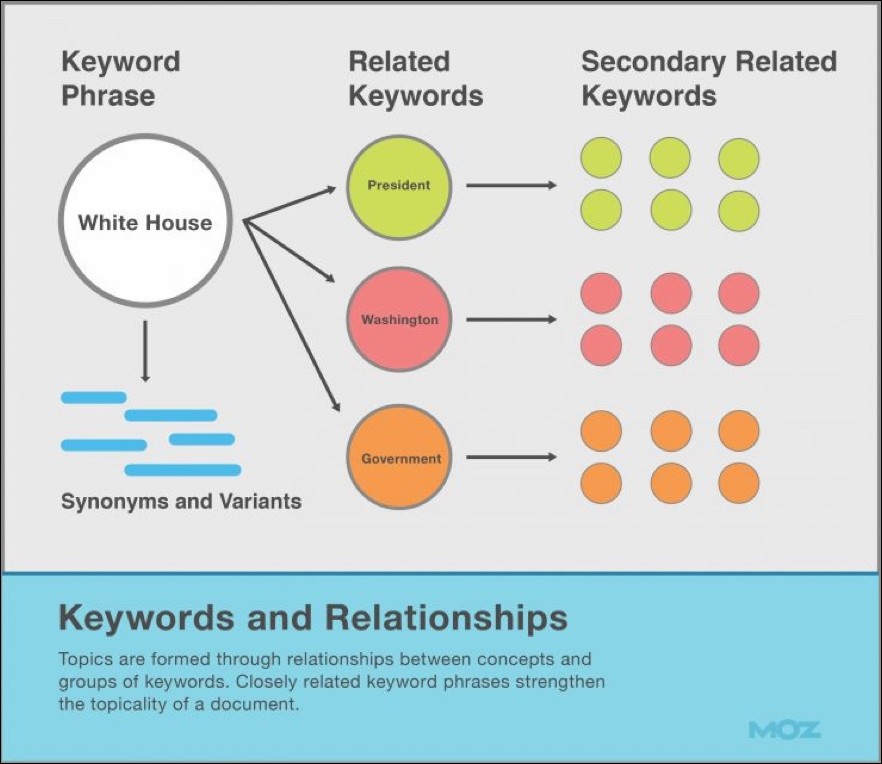
There are two types of keywords to think about; information-based and commercial-based. The former kind helps raise awareness and the latter feeds a desire for a product or service. It is the commercial ones that more often lead to sales, though both can reduce bounce rates.
If you’re an ecommerce logistics company, for instance, your keyword research might find that potential customers are interested in how the order to cash (O2C) process works. A well-optimized blog post on the subject can not only grow traffic but also engage that traffic. Thus lowering bounce rate and increasing conversions.
5. Show Off Your Credibility
Your job is to sell your product or service. Potential customers, though, may not know your brand and there can be an initial element of distrust. How do they know that all the benefits you have listed are genuine? Or that the product is as good as you say it is? You need to find ways to build trust and overcome those initial hurdles.
Perhaps the best way to increase your credibility is by letting visitors read positive testimonials that come from outside your company. That mainly involves reviews and recommendations from previous customers, but could also include reviews in independent magazines/websites or any awards or certificates the product or company has been awarded.
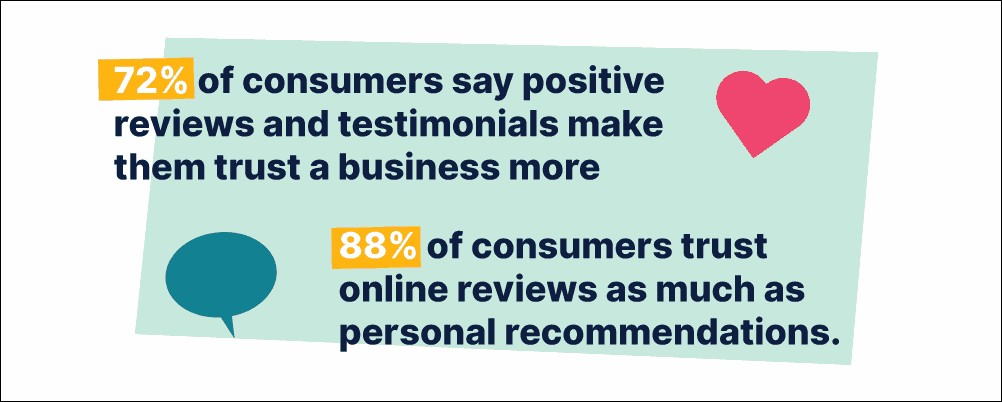
You can include links to independent websites that have reviewed your product, or you can add screenshots of personal reviews from customers that have appeared on different platforms. In the long term, you want a customer to trust your brand so that they revisit and make more purchases. Peer reviews make for some of the best marketing quotes and are the best way of encouraging trust.
6. Boost Your Site Speed
Over the last four years, mobile traffic has constituted an average of 50% of all global web traffic. With half your customers potentially accessing your site from a mobile device, it is a basic business sense that your website should be fully optimized to offer their users a seamless experience irrespective of the device they use.
When you analyze your bounce rates, you will be able to see if an inordinately high percentage of that rate comes from mobile device users. If that is the case, you need to take immediate steps to optimize your site for all mobile users. Doing so will result in a dramatic decrease in your bounce rates in this area.
What may help here is using AMP (accelerated mobile pages) and an open-source HTML framework that aids in optimizing mobile access and helps web pages load faster when accessed from a mobile device. And working with the best website builders can help avoid many issues.
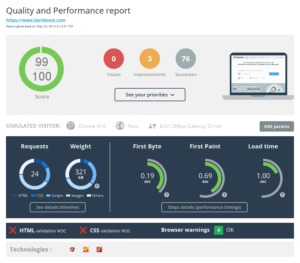
No optimization should ever be implemented without ensuring that you maintain high levels of security, particularly where you are using cloud-based systems. You should analyze every area of your website to make sure it runs at a good speed.
The Takeaway
In modern business, there are multiple factors to consider to ensure that your business model delivers a positive experience to your user base. Within your business, you may look to improve efficiency by utilizing tools such as cloud-native automation. And tools like that have a knock-on effect of making things easier for your customers.
When it comes to today’s changing landscape, improving the digital customer experience is something that should be central to your whole strategy.
By now we understand that bounce rate and conversion rates very much go hand in hand. Hence, aim to reduce your bounce rate and you should see your conversion rates rise as a result, as the customer will be more willing to engage.
Author’s Bio

Elea is the SEO Content Optimization manager for RingCentral, the leader in global enterprise communication and collaboration solutions on the cloud. She has more than a decade’s worth of experience in on-page optimization, editorial production, and digital publishing. She spends her free time learning new things.


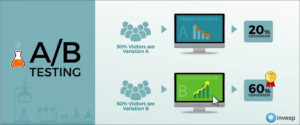 Source
Source
